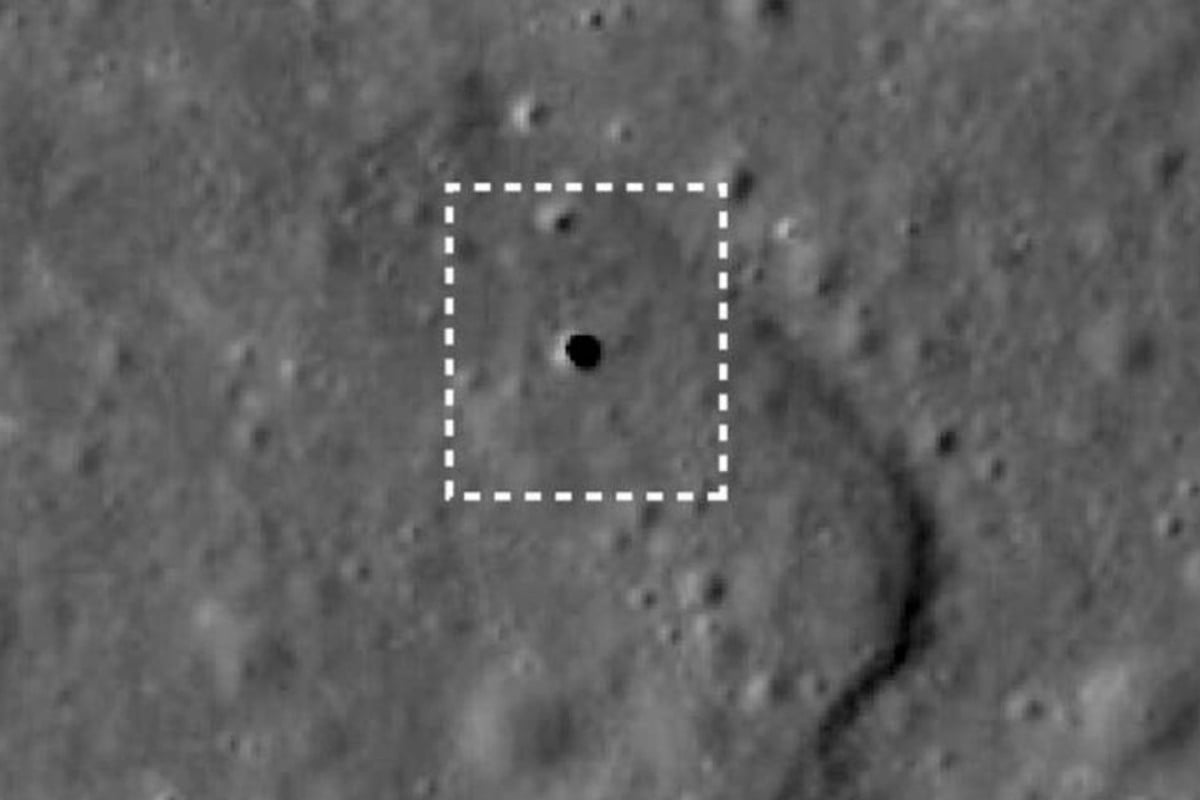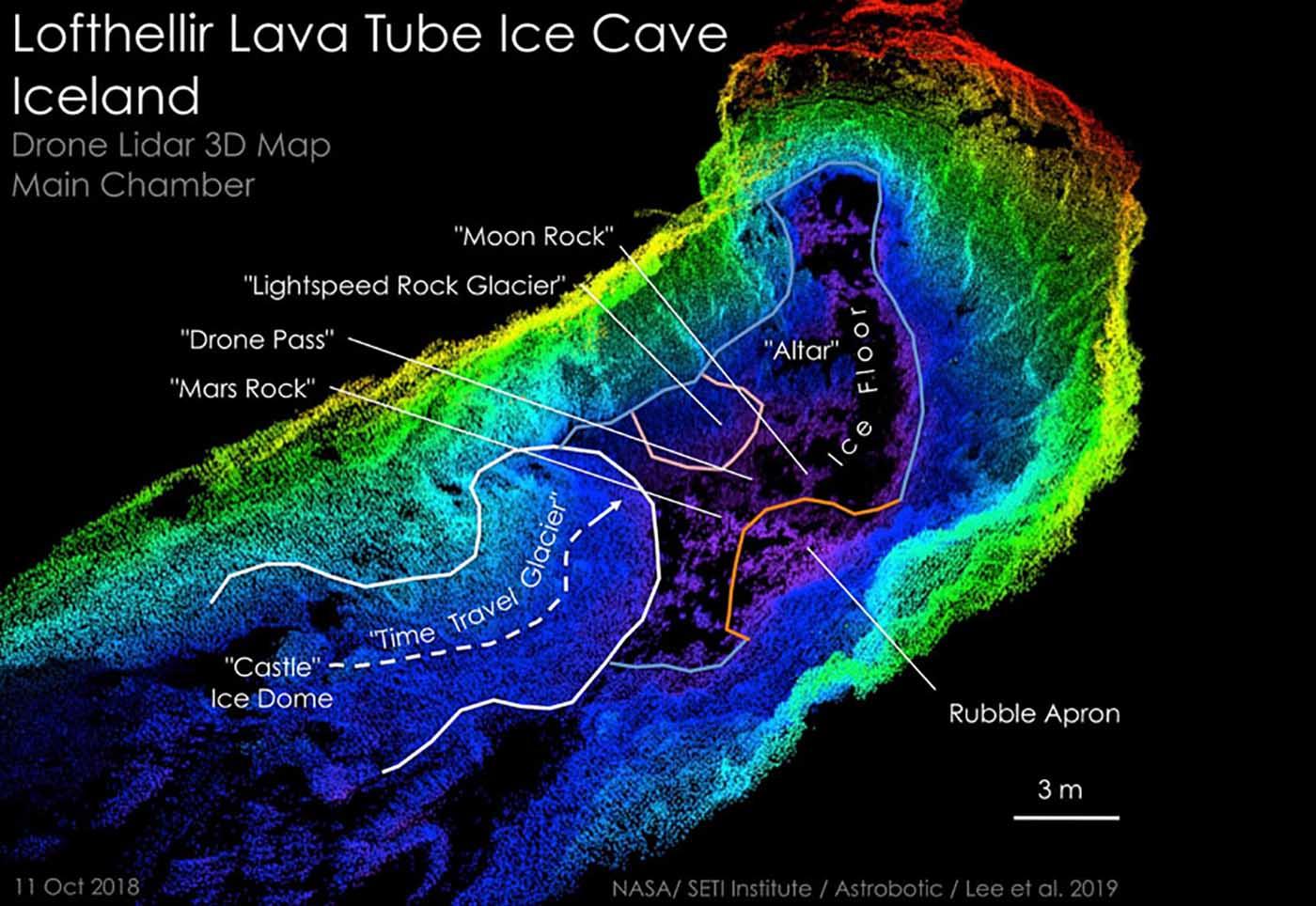NASA Moon Caves

Nasa moon caves –
NASA’s exploration of moon caves holds immense historical and scientific significance. Since the Apollo era, scientists have recognized the potential of lunar caves as natural shelters and archives of the Moon’s history.
Moon caves offer unique opportunities to study the Moon’s geological processes, climate history, and potential for life. They are protected from radiation and temperature extremes, preserving pristine samples and ancient records.
Challenges and Opportunities, Nasa moon caves
Exploring moon caves presents challenges due to their complex and fragile environments. Accessing them requires specialized equipment and techniques to avoid damage. Additionally, the presence of dust and radiation poses risks to astronauts and instruments.
Despite these challenges, moon cave exploration offers immense scientific opportunities. They provide access to uncontaminated samples of lunar materials, including water ice and organic molecules. Studying these samples can shed light on the origin and evolution of the Moon and the potential for life beyond Earth.
Types and Features of Moon Caves

Moon caves are geological formations on the Moon that are characterized by their unique morphology, size, and temperature. They are formed by a variety of geological processes, including volcanic activity, meteorite impacts, and the action of water ice.
Moon caves can be classified into two main types: lava tubes and collapse caves. Lava tubes are formed when lava flows through a channel or tunnel in the Moon’s crust. As the lava cools and solidifies, it creates a hollow space that can be hundreds of meters long and wide. Collapse caves are formed when the roof of a lava tube collapses, creating a large, open chamber.
The unique features of moon caves make them an important target for scientific exploration. They provide a protected environment from the harsh conditions on the Moon’s surface, including extreme temperatures, radiation, and micrometeoroid bombardment. Moon caves also contain valuable scientific information about the Moon’s geological history and the potential for life on the Moon.
Geological Processes that Shape Moon Caves
The geological processes that shape moon caves are complex and varied. The most common process is volcanic activity. Lava tubes are formed when lava flows through a channel or tunnel in the Moon’s crust. As the lava cools and solidifies, it creates a hollow space that can be hundreds of meters long and wide.
Another process that can form moon caves is meteorite impacts. When a meteorite strikes the Moon’s surface, it can create a crater. If the crater is large enough, it can collapse, creating a cave.
Finally, moon caves can also be formed by the action of water ice. Water ice is a common material on the Moon, and it can melt and flow into cracks and crevices in the Moon’s crust. As the water ice freezes and expands, it can create caves.
The enigma of NASA’s moon caves has long captivated the scientific community, prompting investigations into their potential as extraterrestrial shelters. In this pursuit, prominent figures such as Bill Ackman have emerged as advocates for further exploration. Ackman’s financial acumen and interest in space exploration have converged in his support for lunar cave missions, recognizing their potential to advance our understanding of the moon’s history and unravel the mysteries hidden within its depths.
NASA’s moon caves hold the promise of revealing secrets about our celestial neighbor. But as the world grapples with the horrors of the Russia-Ukraine war , it’s worth considering how these discoveries might impact our understanding of the cosmos. As we explore the moon’s hidden depths, we may uncover clues that shed light on the broader tapestry of human conflict and the search for peace.